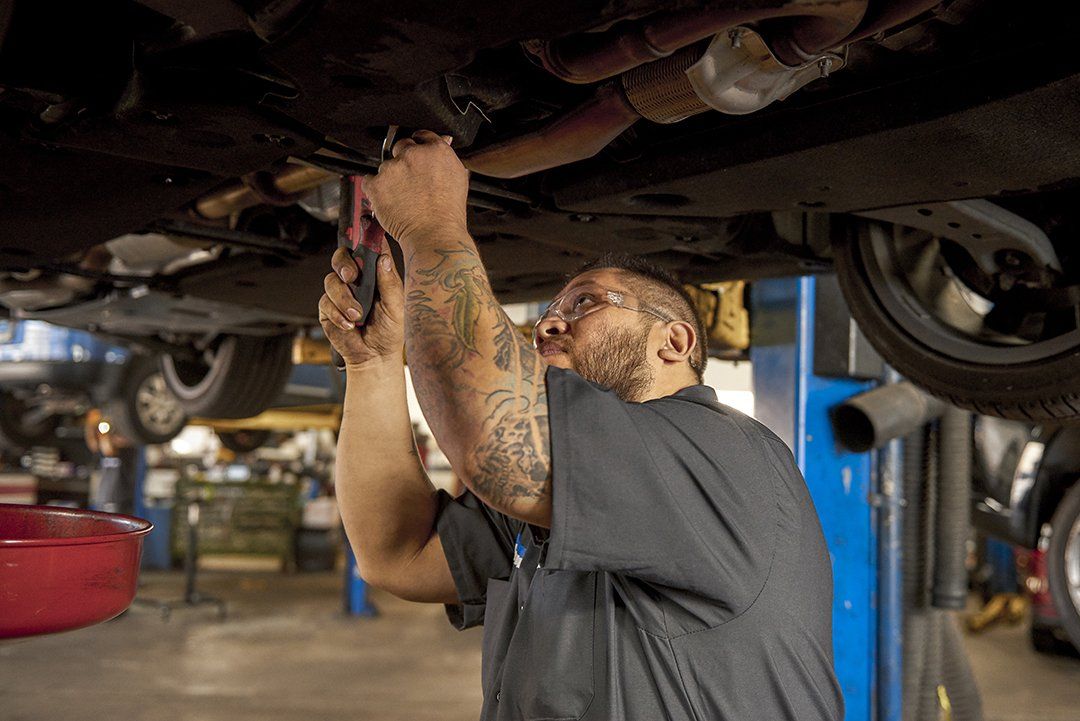Manual transmission systems, likewise called hands-on transmissions or standard transmission, call for chauffeurs to manually pick gears making use of an equipment stick and operate a clutch pedal. This arrangement provides direct control over the lorry's power and rate, permitting a more involved driving experience. The core components of a hand-operated transmission consist of equipments, shafts, and synchronizers, which interact to transfer engine power to the wheels successfully.
In a common manual transmission, the chauffeur uses the clutch pedal to disengage the engine from the transmission, picks the preferred equipment using the equipment stick, and afterwards releases the clutch to re-engage the engine with the new equipment ratio. This process allows for specific control over the vehicle's efficiency, enabling vehicle drivers to maximize power shipment for numerous driving conditions. The straight mechanical connection in manual transmissions commonly leads to much better fuel efficiency and a much more connected feel in between the driver and the car.

The drivetrain in vehicles with hand-operated transmissions includes numerous vital components:
•Clutch: Engages and disengages the engine from the transmission to permit equipment modifications.
•Gearbox: Includes a set of equipments that can be chosen to adjust the car's rate and torque.
•Driveshaft: Sends power from the transmission to the differential.
•Differential: Distributes power to the drive wheels while enabling them to rotate at different rates, specifically during turns.

Recognizing these elements is essential for correct vehicle maintenance and operation, making sure a smooth and responsive driving experience.
Check for more info at Logan Square Auto Repair - Automatic/Manual Transmission Systems Facebook Youtube Instagram
Navigation
Latest Posts
Recognizing Usual Power Home Window Issues
Sierra Motors Chrysler Dodge Jeep - Discover Latest Chrysler Lineup Near Ottawa, Illinois
Find Latest Models Locally in Ottawa IL